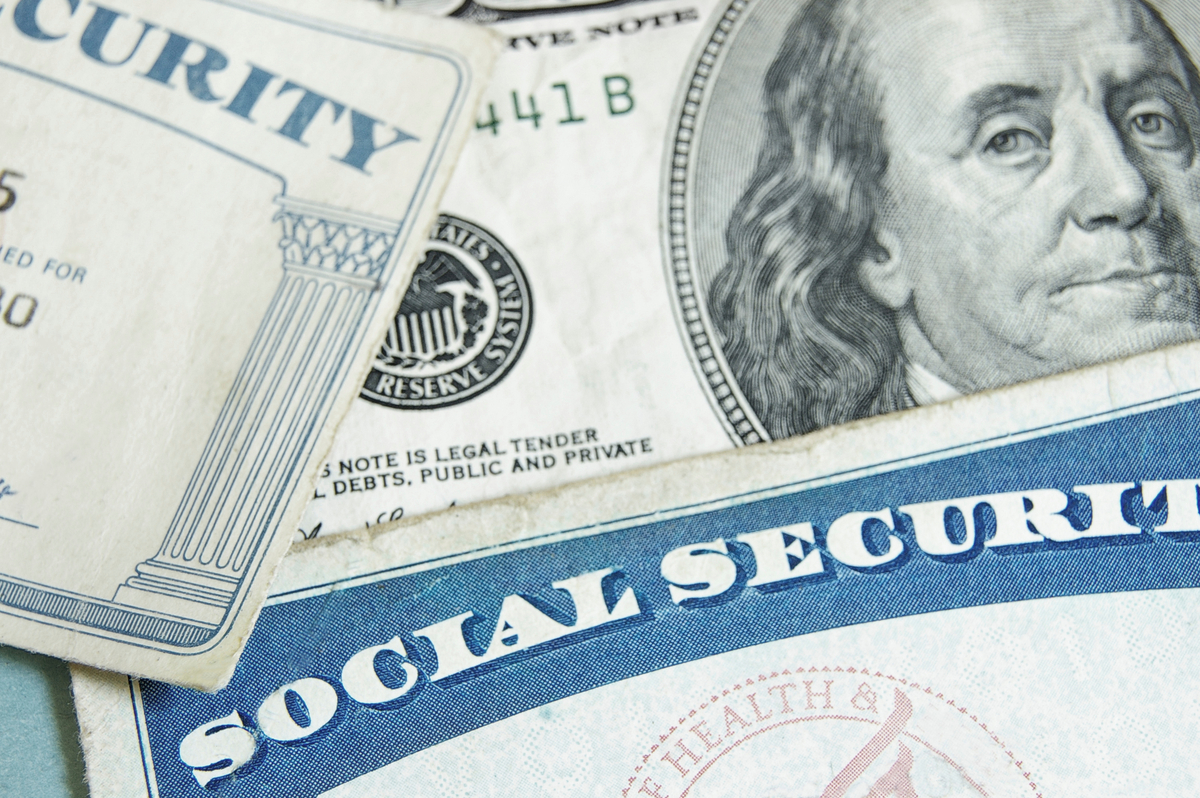As much as some people dread the idea of growing older, there can be benefits. For example, when I was younger, I grew anxious every time there was a shake-up in the stock market, positive that we were about to lose everything.
With time, I realized that investing in the market is like riding a Tilt-a-Whirl operated by a distracted carnival worker. Like a Tilt-a-Whirl, the market tends to be up and down, then up again (followed by another drop).

Image source: Getty Images.
Historically, it's worked out for investors over the long term, but that doesn't mean it's not scary. It's tempting to read a deeper meaning into every move the market makes.
Rather than stressing out over each economic hiccup that impacts our investments, time has taught me to focus on the things I can control: frequently rebalancing our portfolio to ensure our asset allocation includes both high- and low-risk investments, and building buffer assets we won't touch until retirement.
What are buffer assets?
Buffer assets are very low-risk assets we can draw from when and if our portfolio goes into the toilet following retirement. While high-quality corporate bonds, Treasury securities, and municipal bonds are all considered lower risk, I can purchase those through my solo 401(k), so I don't include them in my buffer basket.
I'm putting our buffer assets into a high-yield savings account. It won't make us rich, but my objective is not to live like a 19th-century Rockefeller. The buffer assets exist solely to get us through the bear markets and recessions we experience following retirement. The goal is to avoid pillaging our retirement accounts.
However, other places to access money when you need a buffer include the cash you've built in a cash-value life insurance policy, multiyear guaranteed annuities, fixed indexed annuities, and CD ladders.
While it's easy to confuse the two, buffer assets and an emergency savings account are two different things. An emergency account is specifically designed to pay for emergency situations, so you don't end up having to charge new tires or a water heater to a credit card. Your buffer account is meant to prevent you from taking money from your retirement account when those dollars could be better spent beefing up your portfolio.
How buffer assets can preserve wealth
As Dan Egan, director of behavioral finance at investing platform Betterment, told the AARP, "Negative news sells, because people are looking for things to worry about." Egan says that people tend to pay attention when the market is tumbling but pay far less attention when things are going well. As humans, it's natural to look out for scary things.
It's that very human reaction to bad news that causes so many people to sell off investments, even if doing so costs them hundreds of thousands of dollars over time. I hope to zig when every instinct tells me to zag. When others are panic-selling, I want to stay the course.
Let's say our post-retirement budget requires us to withdraw $12,000 annually from our retirement account. Because those stocks and other assets are less valuable during a bear market or recession, we would have to sell more to come up with the $12,000 we're counting on. The more assets we sell, the less money we'll have left to take advantage of the bargains available on high-quality assets during each market downturn.
Even though we'll trim our budget for the duration of the downturn (which is a good idea during bear markets and recessions), we'll need another reserve of money to draw from. And that's where our buffer account comes in. It's money we can dip into so the funds in our retirement account can be used to invest in well-priced assets.
Here's my rationale: On average, stocks lose 35% in a bear market (helping to explain the bargain-basement prices). However, as the market regains steam and moves into bull territory, stocks gain an average of 111%. Long-term investors who stay the course are in the best position to profit from the ups and downs of the market.
How large should a buffer be?
There's no one-size-fits-all formula for how large a buffer a retiree might need. It depends on how much you count on withdrawing from a retirement account. The average bear market lasts 289 days, or just shy of 10 months. The average recession in the 20th and 21st centuries has lasted 14 months. Ideally, your buffer account would be large enough to cover you throughout those events.
Realistically, how can anyone know how many bear markets or recessions they will experience throughout retirement? Some experts suggest building a buffer account with one to three years' worth of essential living expenses, minus your guaranteed income.
For example, suppose your total monthly living expenses in retirement are $3,000 and you have $2,000 coming in from Social Security, a pension, or some other source of guaranteed income. In that case, you'll need an extra $1,000 per month. If you were to follow the experts' advice, you would want to build a buffer account totaling $12,000 to $36,000.
Believe me, I understand how difficult it can be to save even more money, especially when you're still building a retirement account and paying ever-higher everyday living expenses. If you can't meet the goal of one to three years' worth of essential living expenses, chip away at it the best you can.
Any amount you tuck into a buffer account is money you won't have to take from your retirement account when the market is in the dumps.





